|
Despite many visits to Turkey, this was my first proper foray across the country's interior, and it began on the high speed train from Istanbul's Karikoy region (the part on the Asian side of the city). We whizzed through the outer suburbs of the city and soon we were in a green, hilly paradise. It brought to mind Seton Lloyd's description of the Turkish landmass: "Anatolia is like an open left hand, palm upturned, with the thumb curled inwards to represent the Taurus Mountains in the southeast. The palm represents the central plateau and the heel of the hand the eastern massif, and the fingers the diminishing ranges which extend westward to find their echo in the islands of the Aegean" Speeding towards Ankara on the train, we were traversing the land of valleys and rivers - the 'fingers' of Lloyd's useful mnemonic. With every mile we travelled, we were also climbing - because we were headed towards that central plateau, a rugged land ranging from 2,000-10,000 feet above sea level... the heartland of the Hittite Empire. I settled back, popped in my earphones to listen to an H.G. Wells audiobook (War of the Worlds) and drank in the views of the wooded hills, river vales and hazy summer sky. Having paid a whole 36 Turkish Lira (roughly £4.50) for this 4 hour train trip, I had in my backpack a bottle of water and a rather uninspiring pretzel. After all, this was economy class, so you have to bring your own grub, right? Wrong! The trolley chap came along and started loading food onto my table: fruit juice, fresh bread, dried apricots, olives, salad, cheeses, cakes, coffee... a veritable feast - all complimentary with the economy service. I'm not sure he understood why I started gibbering in gratitude, but thankful I was and I munched away for the next hour of the trip. As we gradually ascended onto the inner plateau, I was reminded of another traveller's description of the changing landscape. Gertrude Bell, writer and archaeologist said: "Before me stretch wide plains, corn-growing where rainfall and springs permit, often enough barren save for a dry scrub of aromatic herbs, or flecked with shining miles of saline deposit; naked ranges of mountains stand sentinel over this expanse" Very evocative! I really did feel like I was entering a different land - cooler (still sweltering though) higher and differently shaped. And the city of Ankara itself is very different to Istanbul. Smaller - just the 5 million people here! - and with a very different vibe. It isn't as 'pretty' as Istanbul, but it does have its own type of ascetic beauty. Spread across the wide open hills and plains like a defiant outpost it more accurately personifies Turkey as a country. Another bonus is that the prices here are vastly cheaper than in Istanbul. After arriving in central Ankara, I enjoyed a lunch of tasty doner kebab and cold coke which cost less than 2 quid, and the '2017 hotel' (breakfast included) cost £20 per night - good value for a traveller on a budget. First, I had to visit the Anitkabir - an iconic structure that defines modern Turkey, and has Hittite connections. I'll let my YouTube vid explain: But the main reason I was here in Ankara was for its famed Museum of Anatolian Civilizations - an absolute treasure trove of history, with exhibits ranging from the stone age, the Hittite period and all the way through to Byzantine times. I wasn't sure just how much Hittite stuff I would find here. What if the Hittite collection amounted to no more than a few bits and pieces? So I was absolutely thrilled to see, on my approach, this giant replica of a Hittite totem (known as a huwasi)... as well as some other rather light-hearted Hittite references... Inside the museum was even better. Laid out in successive epochs, starting with the paleolithic era, it beautifully tells Anatolia's story with a selection of glass-case artefacts, interactive big screens and tableau recreations of ancient homes. I could actually 'see' Hittite culture emerging into history, especially with the variety of sun disc artefacts dating from the late 3rd/early 2nd millenium BC. The sun disc would go on to become a Hittite royal symbol by around 1600 BC. Then I came to the Hittite section proper. The first thing that struck me was the number of tablets. Beautiful and majestic things. Whole and undamaged unlike the Kadesh treaty. There was even one incredible bronze slab, laced with chains, authored by King Tudhaliya IV, son of our hero, Hattu. 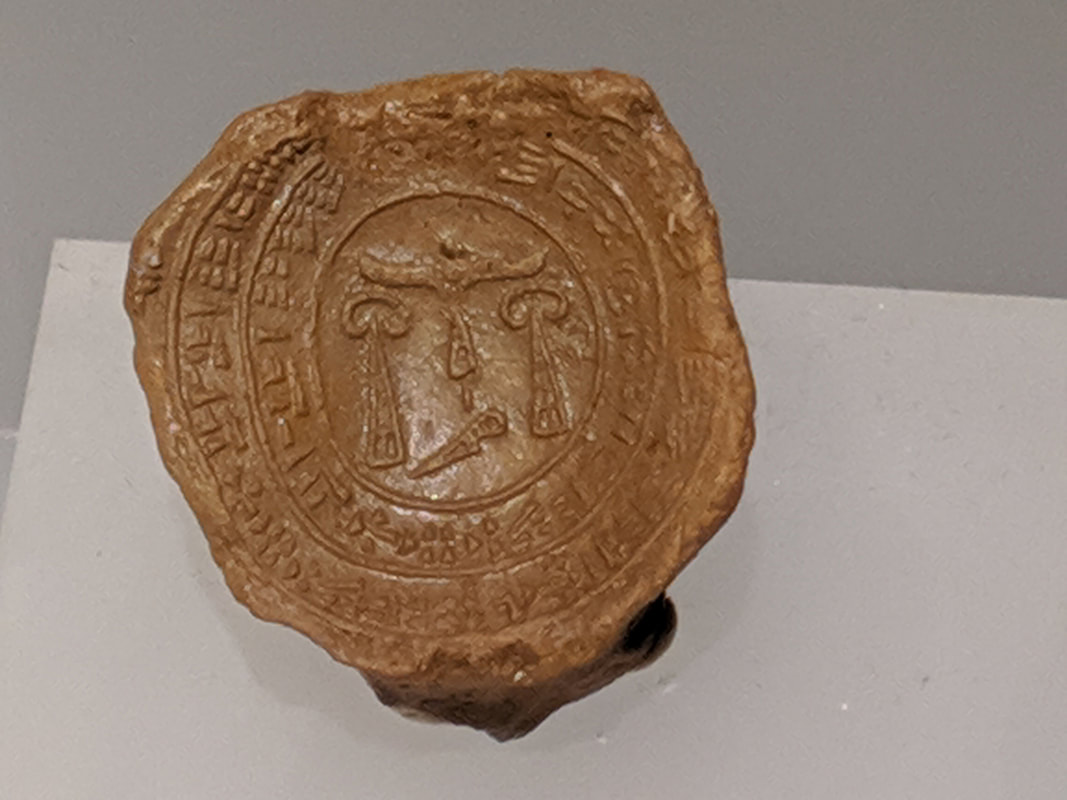 The mark mde by a Hittite royal stamp seal. The Hittite King (the Labarna) would press his seal into the soft clay to 'sign' important tablets before they were baked hard. Note the mix of cuneiform a-script around the edges of the seal-marking, and the hieroglyphs in the centre. This is why we know it is a royal seal, as only Hittite Kings were allowed to use script and glyphs. The hieroglyphs show a winged sun disc. Below each wing tip we see the great king symbol. The tall triangle represents an ordinary king, and the kidney-shape on top makes it a 'great' king. Also... this seal probably belonged to a certain King Urhi-Teshub... There were statues of the sacred twin Hittite bulls too - Serris and Hurris. There were drinking vessels, seals, brooches, rather detailed wedding night manuals* painted in the sides of vases. The world that had existed in my head until now was real, tangible... right before my eyes. *I'll leave the details to your imagination :) A bronze handled sword with an iron blade. A very interesting find and one that stokes the old 'did the Hittites use iron weapons' debate. And then there were the architectural pieces. Great monoliths carved with the figures of Hittite Gods. Orthostats (stone slabs that once clad Hittite walls and gates) engraved with scenes of ancient legends such as Gilgamesh, or depictions of marching Hittite warriors, More lions, griffins and winged bulls too. I happily snapped away with my camera, all the while thinking just how close the next stop of my adventure was. Hattusa, capital of the Hittites, where many of these treasures came from, was but a few hours away ;) 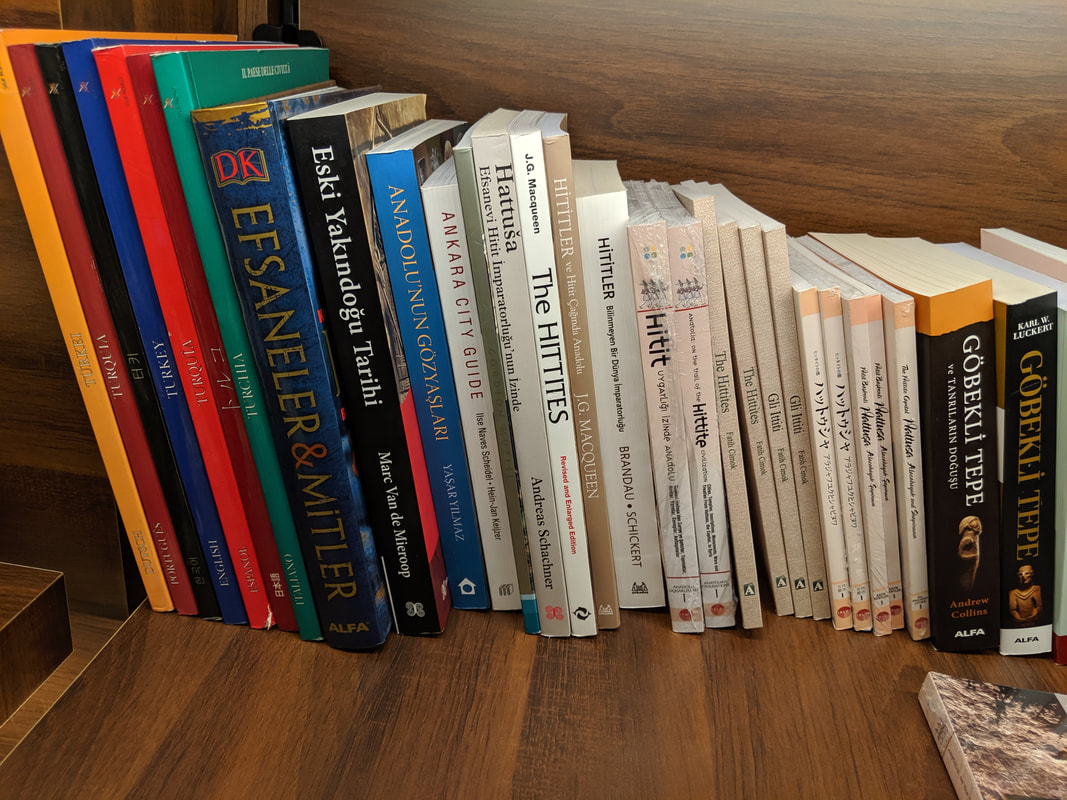 A nice selection of literature in the museum shop. I picked up a copy of "Anatolia: on the trail of the Hittite Civilization" (in the middle), as it included a perfect guide to a walking visit around Hattusa... the next leg of my adventure! I also left a pile of Empires of Bronze bookmarks with the staff here :) But first, a little bit of Roman research...Before heading to Hattusa, I had to see what other historical gems I could spot here in Ankara. In this respect, a stroll into downtown Ankara is well worth it if you have the time. I found the Column of Julian the Apostate, the Temple of Augustus and the Great Baths of Caracalla (infuriatingly closed minutes before I arrived, but I still managed to get a few shots through the fence). Check it out: All of the above sightseeing was spliced pleasantly with turkish coffee and baklava in the shade of street side cafes. A lovely way to round up the Ankara leg of the trip. Next up... Hattusa, the heart of the Hittite Empire! Ankara Travel Tips
A full gallery of my visit to Ankara is available here on Facebook (Like and follow, please!) Quick navigation:

Gordon Doherty is the author of the Empires of Bronze series, available in eBook, paperback and audiobook formats.
2 Comments
Benjin
3/21/2022 03:13:50 am
Awesome stuff!
Reply
Caz Greene
7/8/2023 05:16:54 am
Fantastic blog! Will bookmark to read more in the future. I stumbled across this while listening to the audio of Bettany Hughes Helen of Troy - she kept mentioning Hattusa and then the big metal tablet, I just had to fall down that rabbithole 😅 and discover more. I visited Türkiye in 2015 - only went as far east as Kapadokya but I was just mesmerised every where I went, including kayaking over ruins on Turquoise coast. I’ve always been a huge history nerd but as my husband and I are heading to Egypt in a month and then revisiting Istanbul and Gallipoli (we are Aussies) and Troy I’ve been inhaling more and more history treasures.
Reply
Leave a Reply. |
AuthorGordon Doherty: writer, history fan, explorer. My Latest BookArchives
March 2023
Categories |
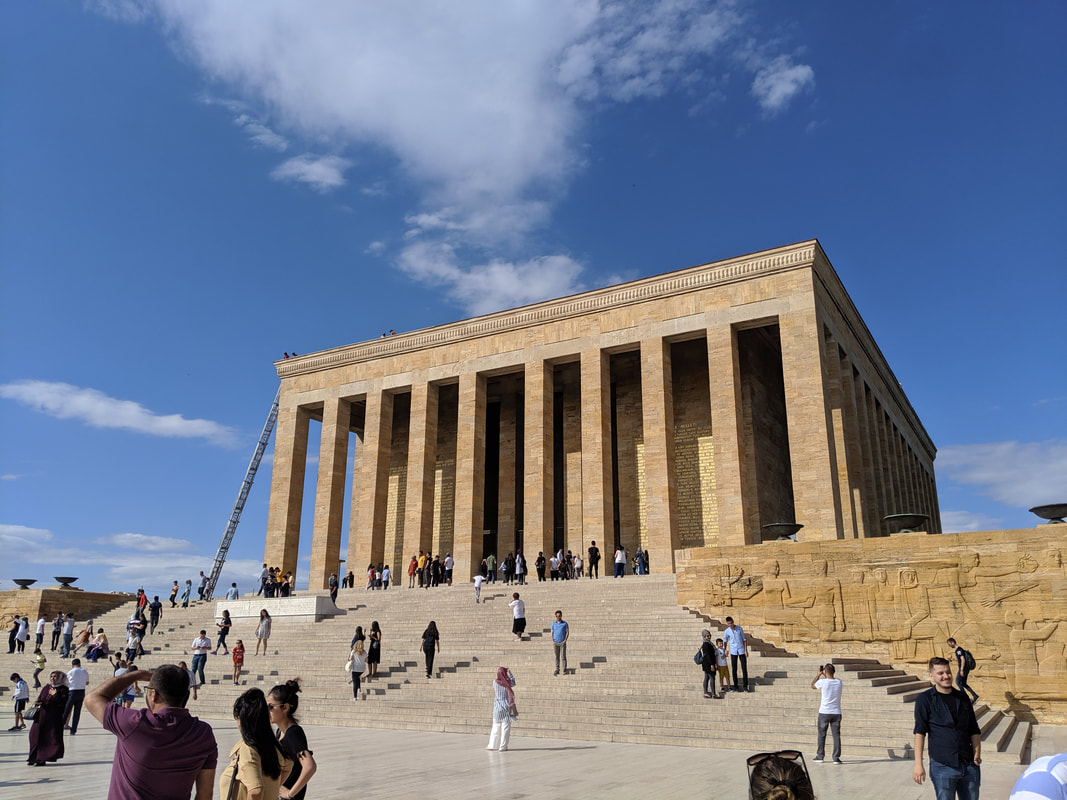
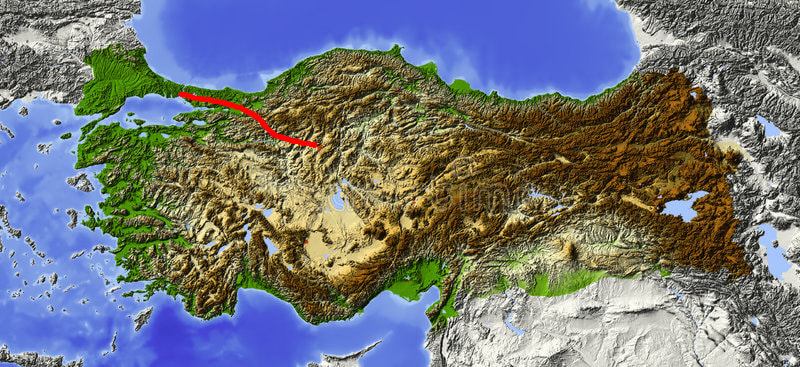
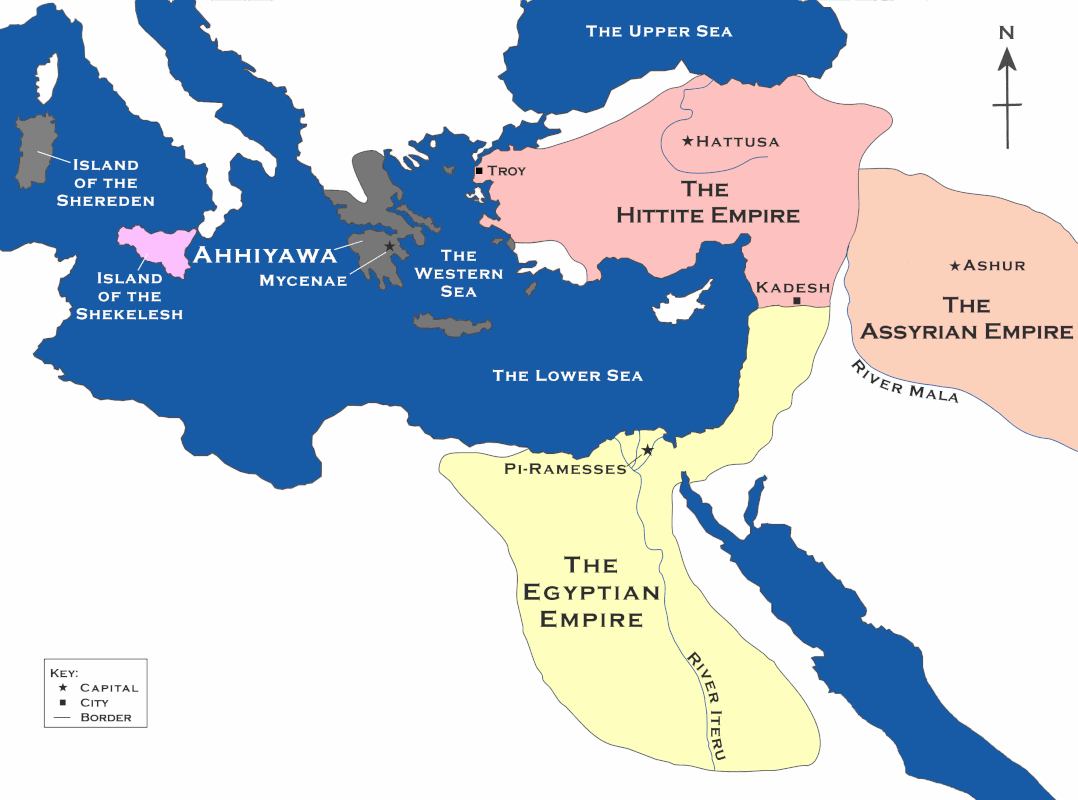
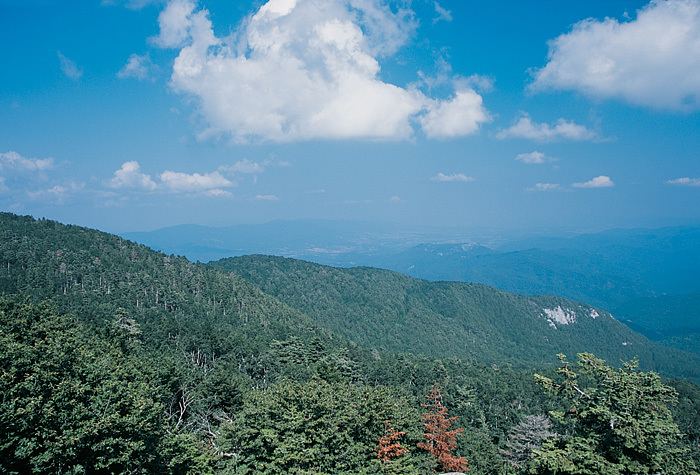
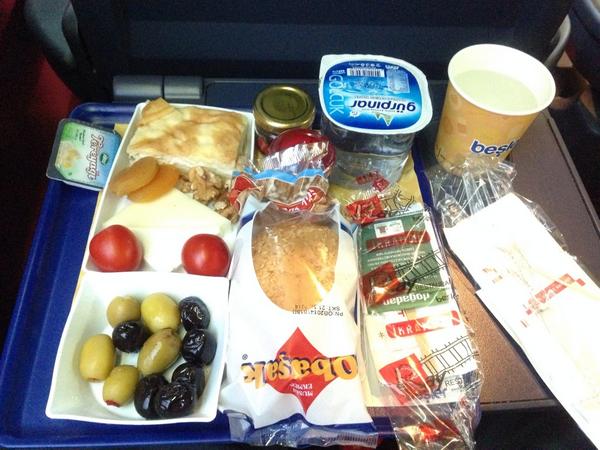
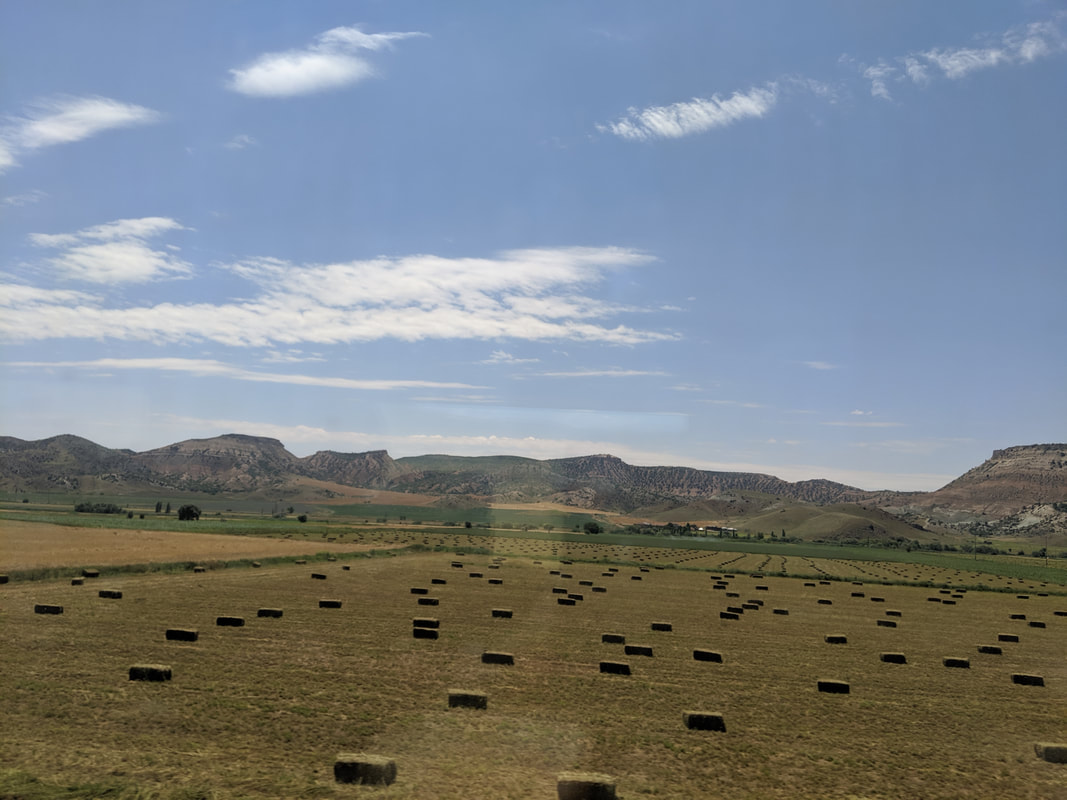
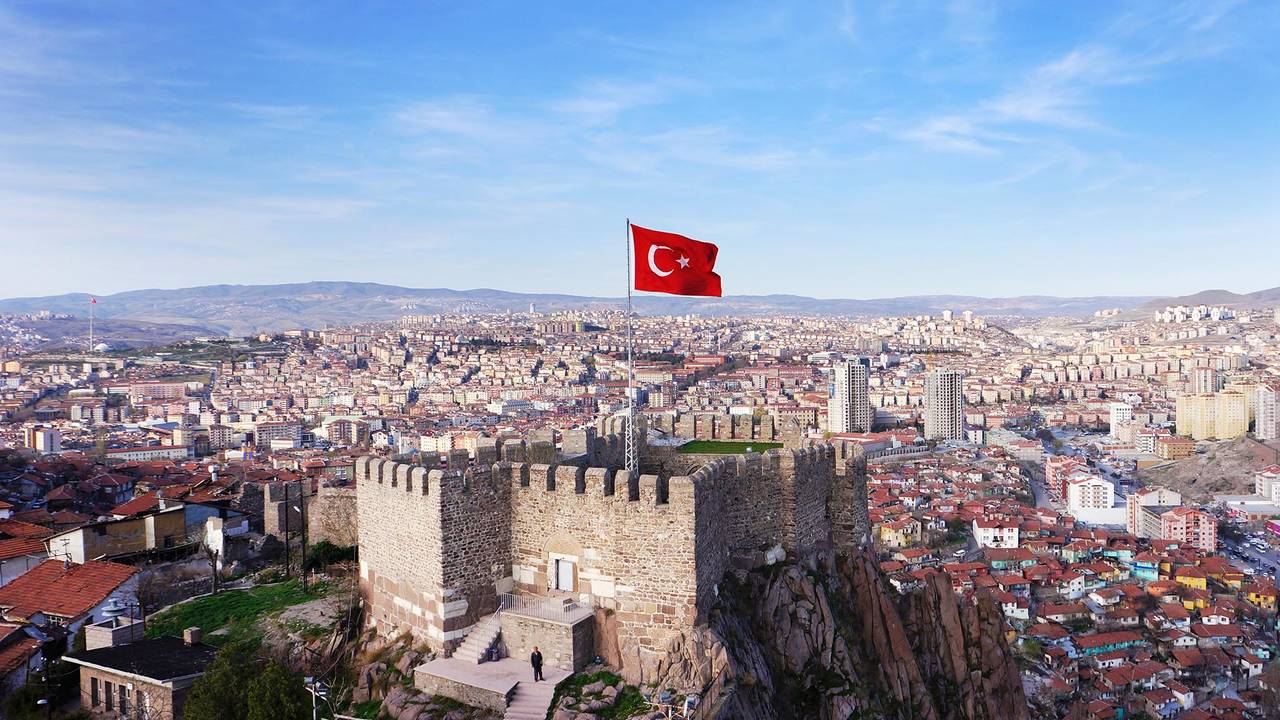
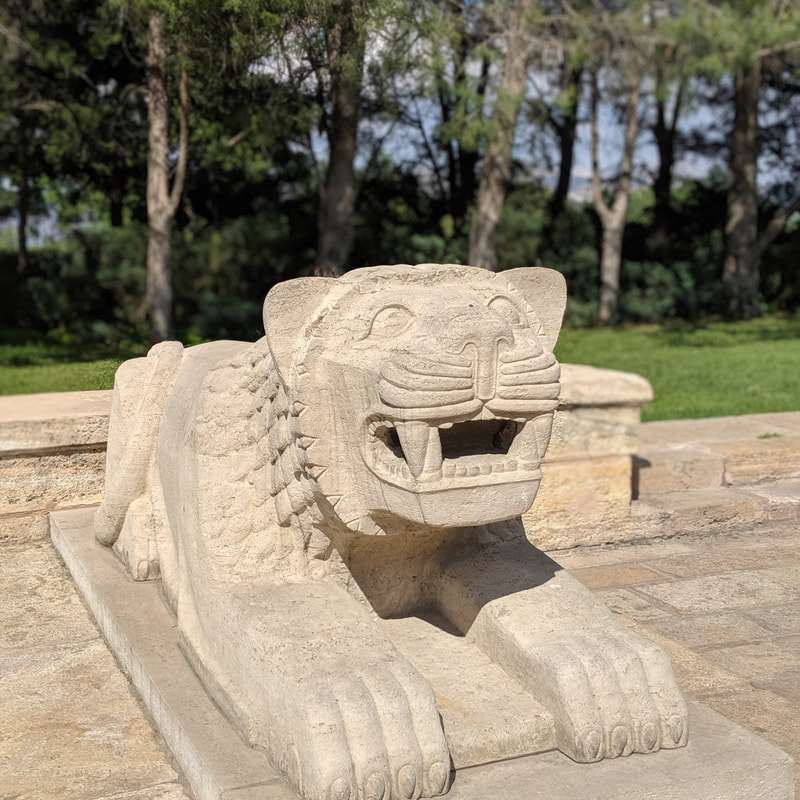
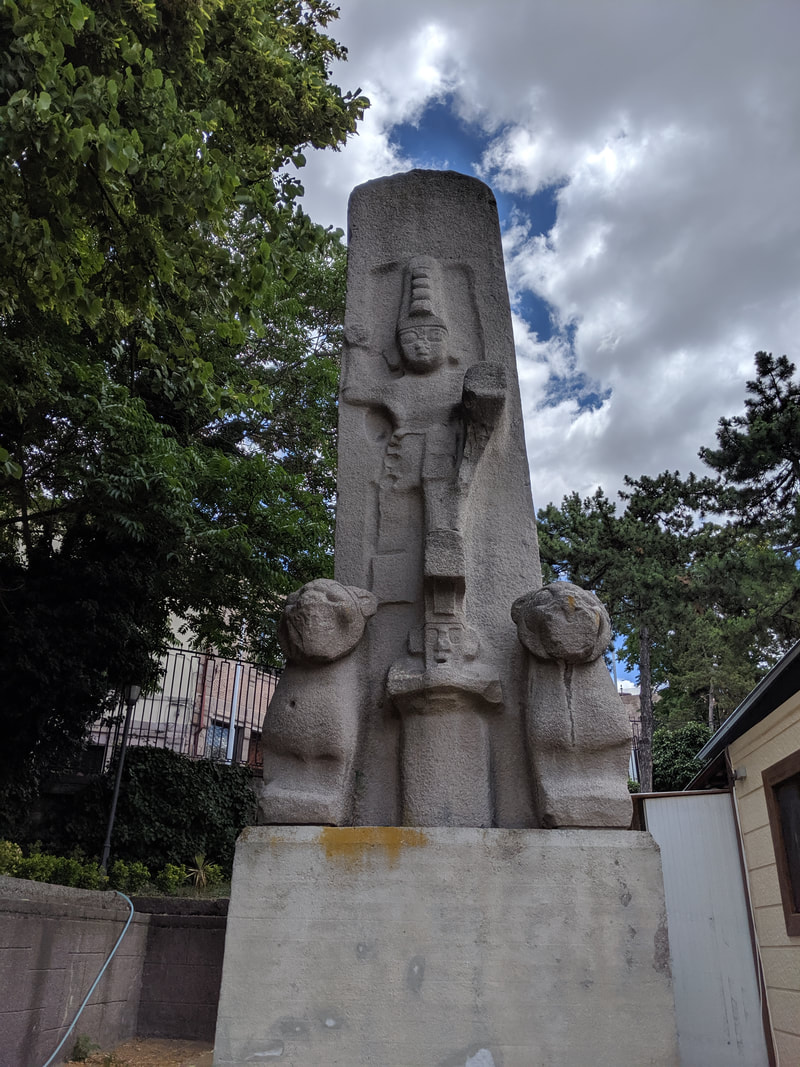
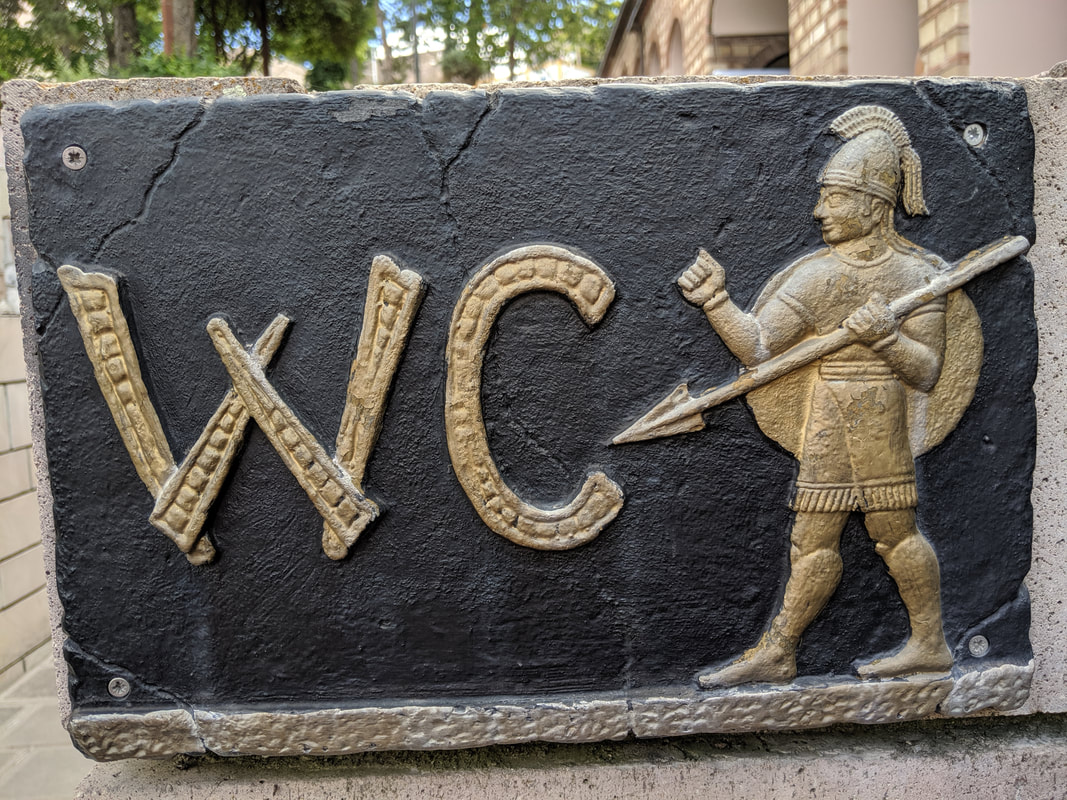
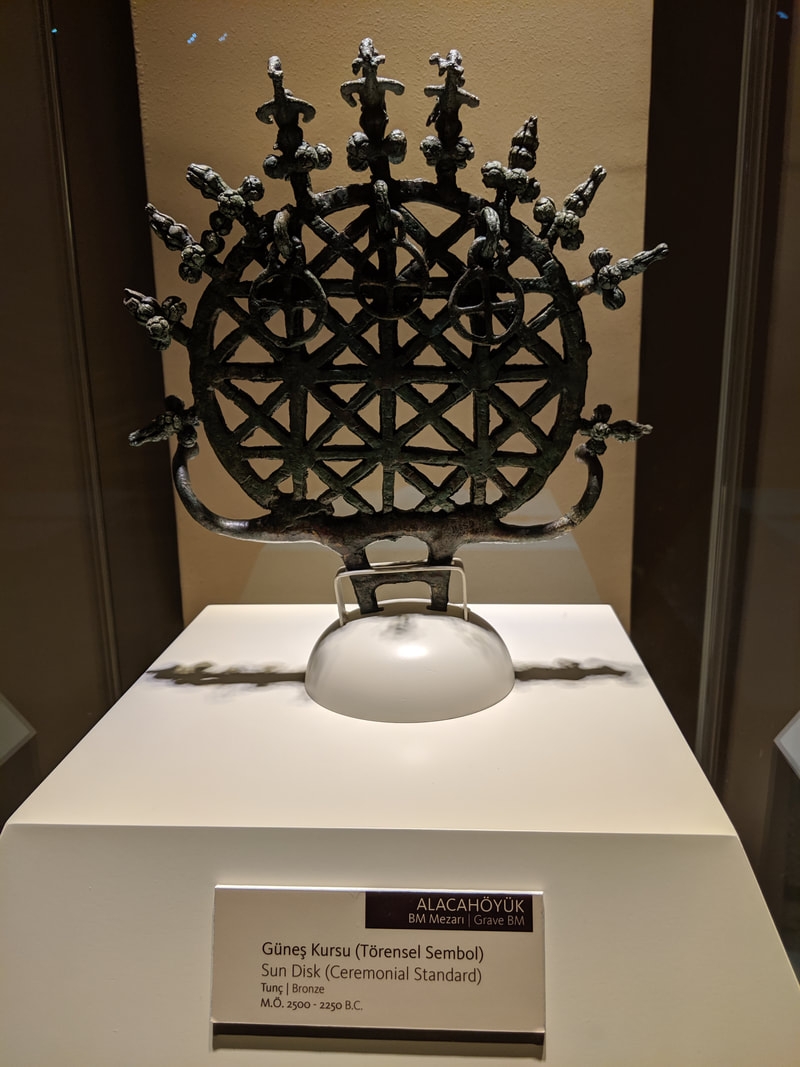
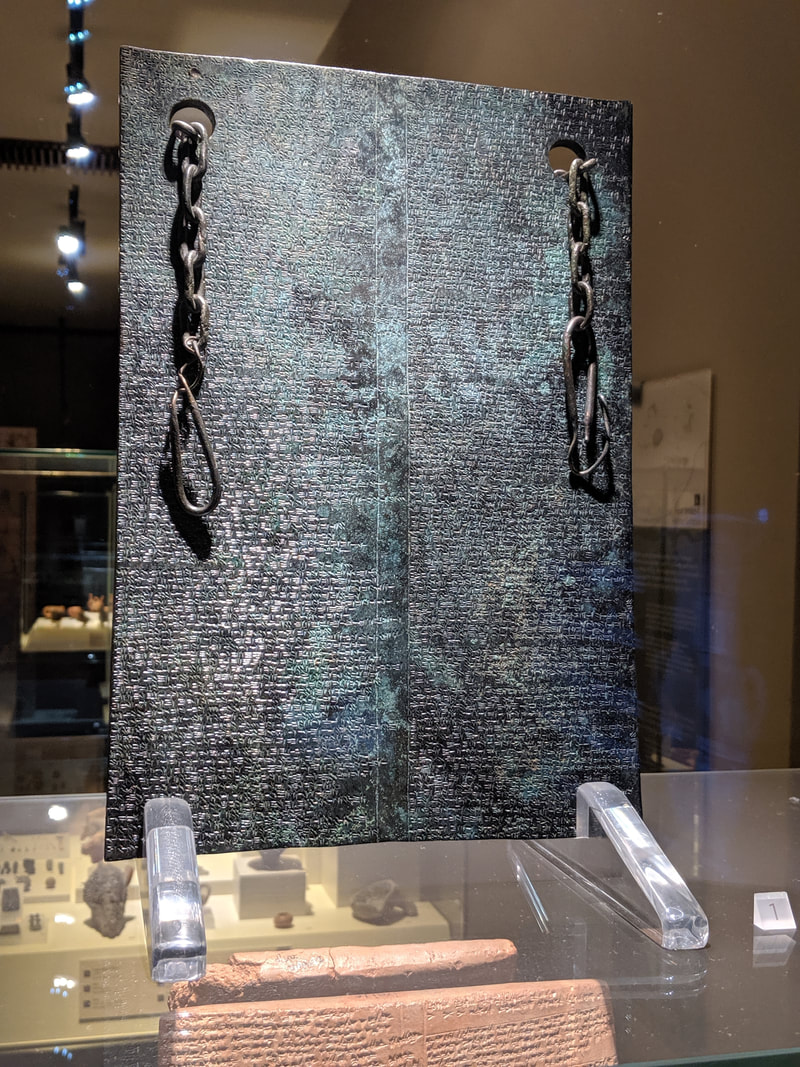
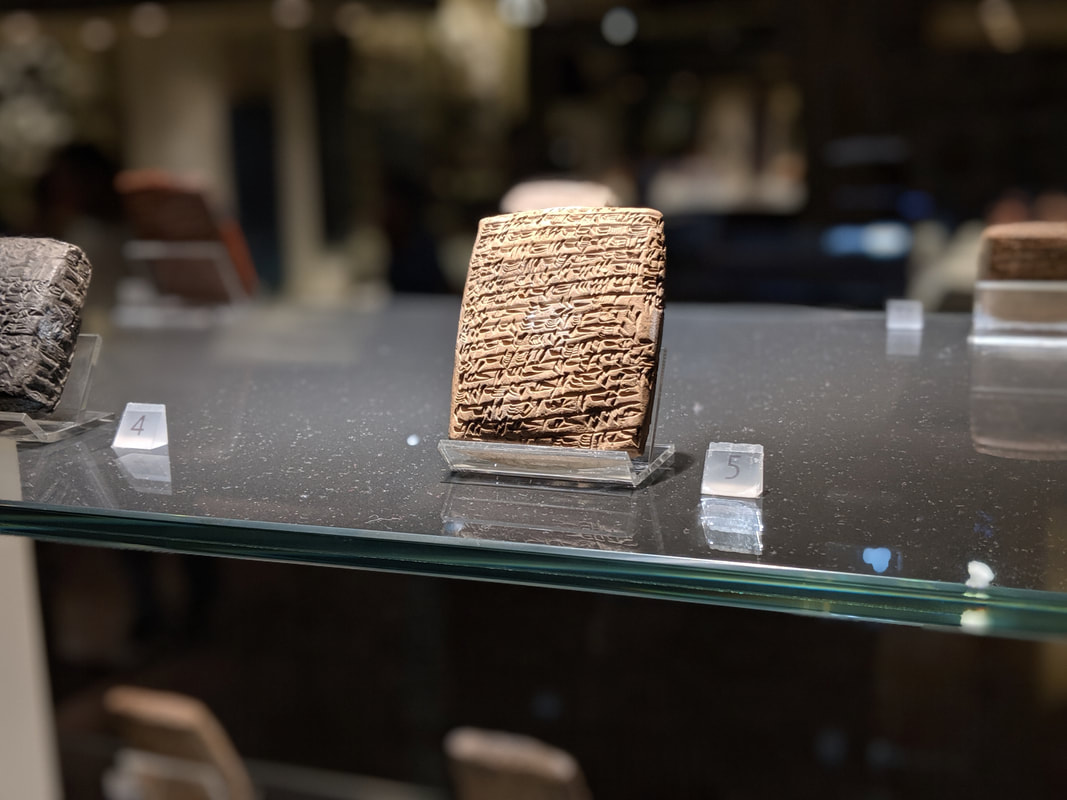
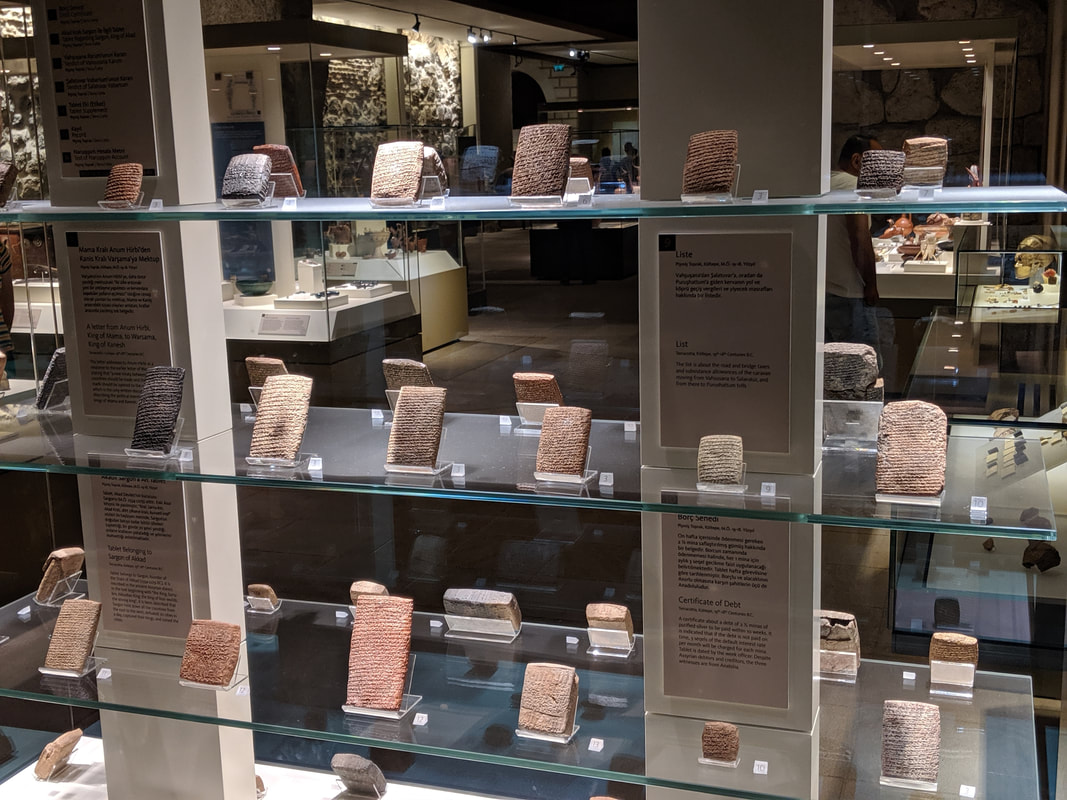
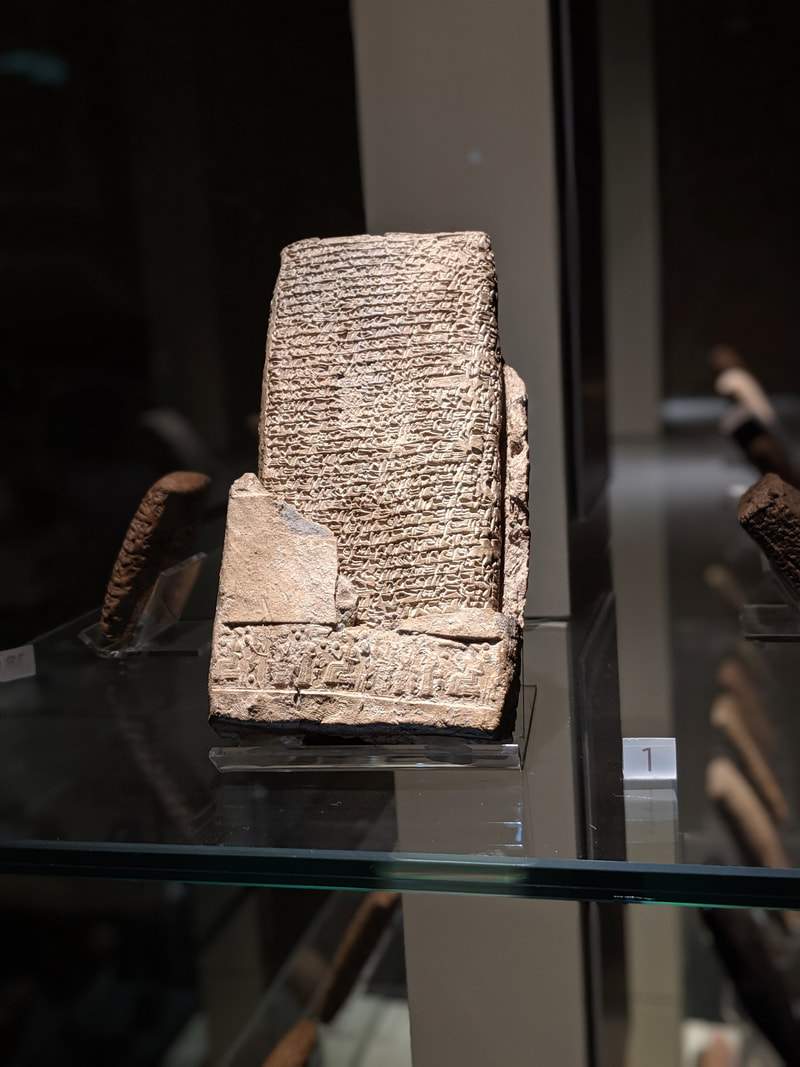
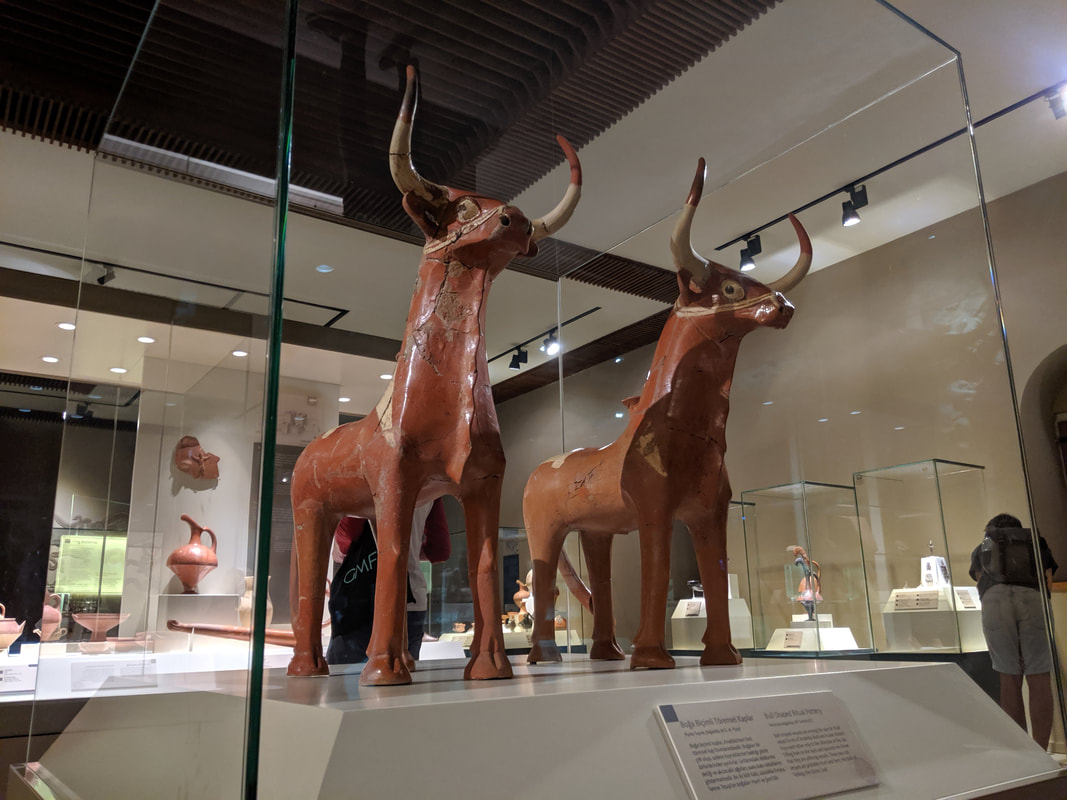
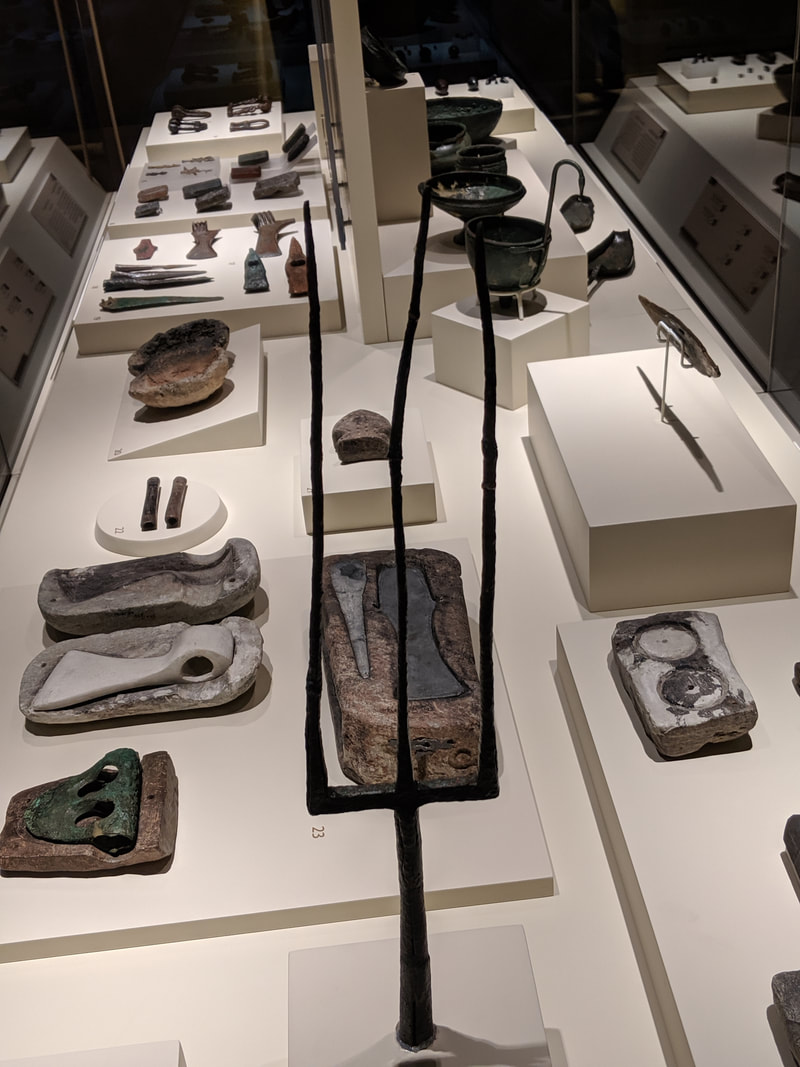
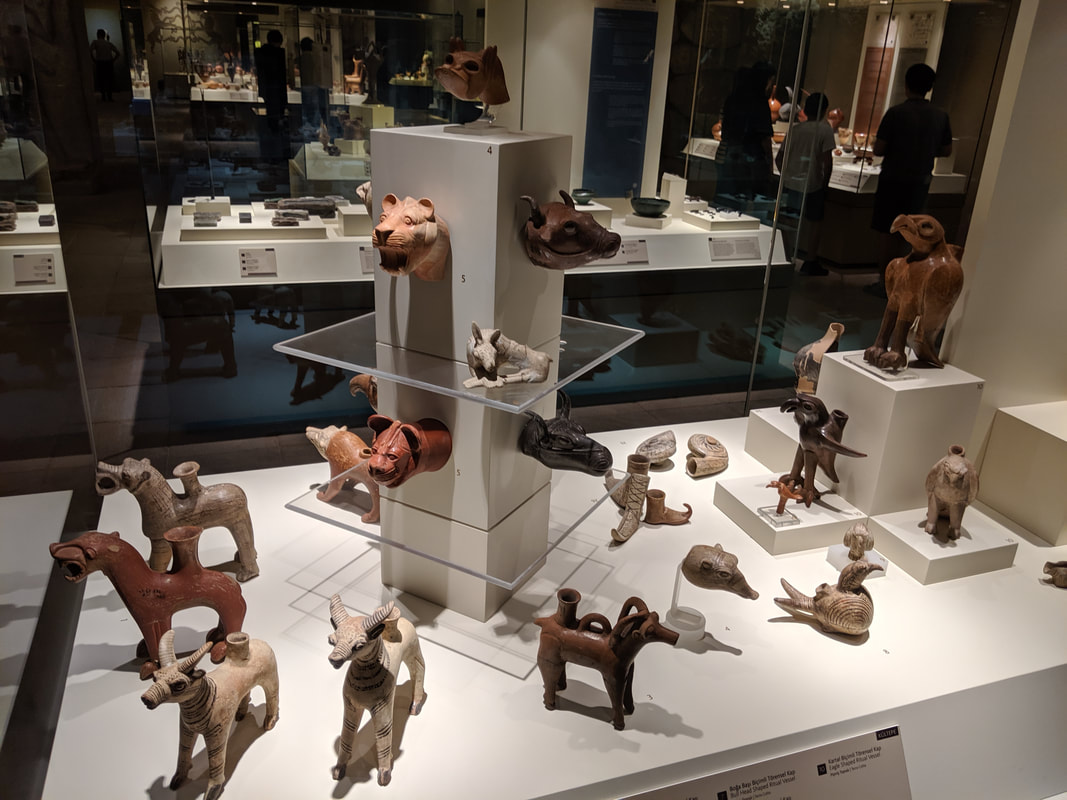
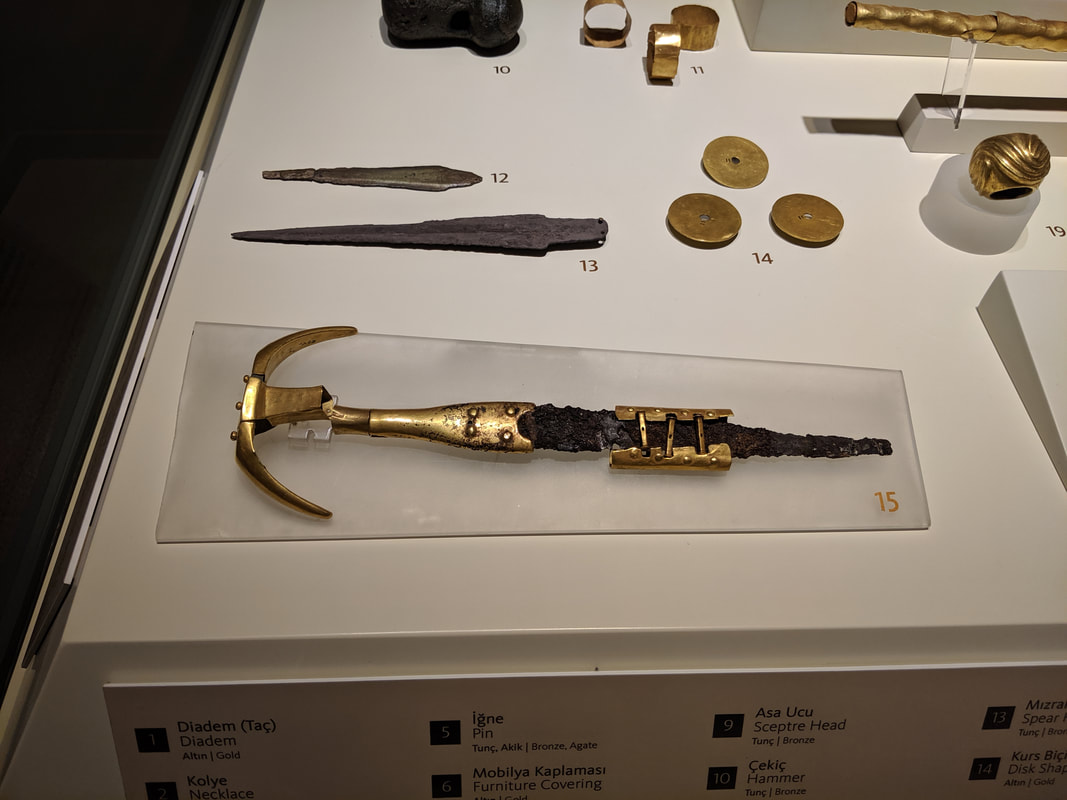
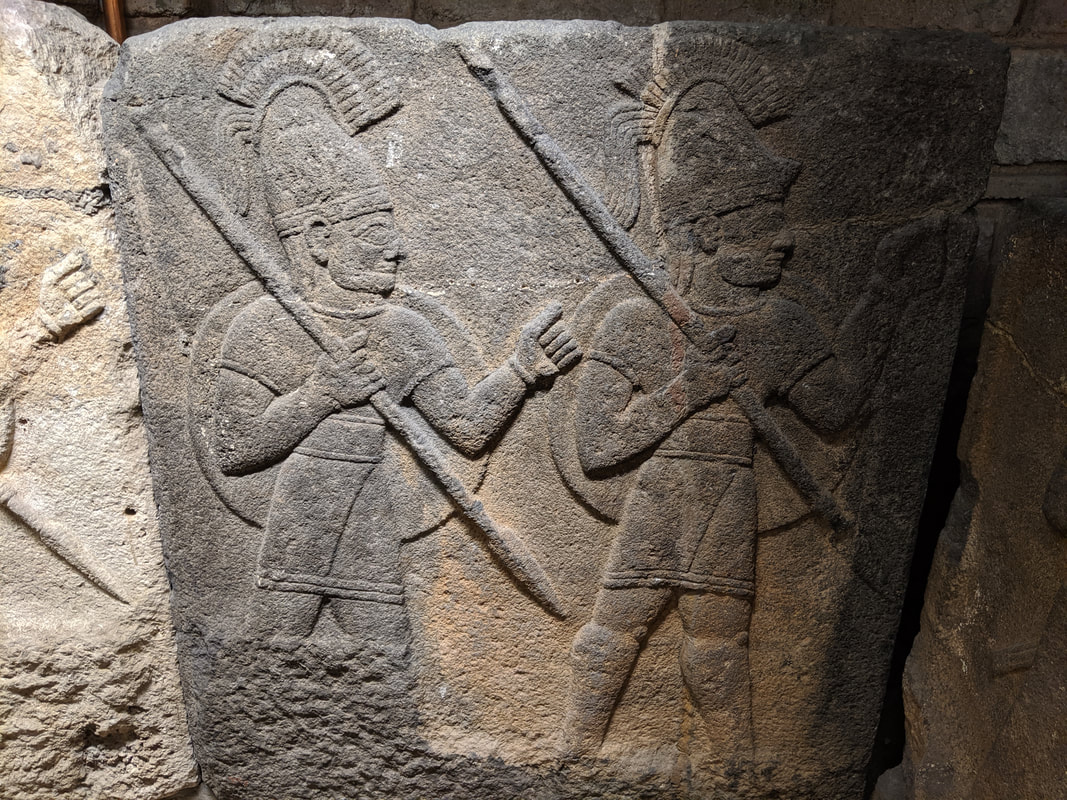
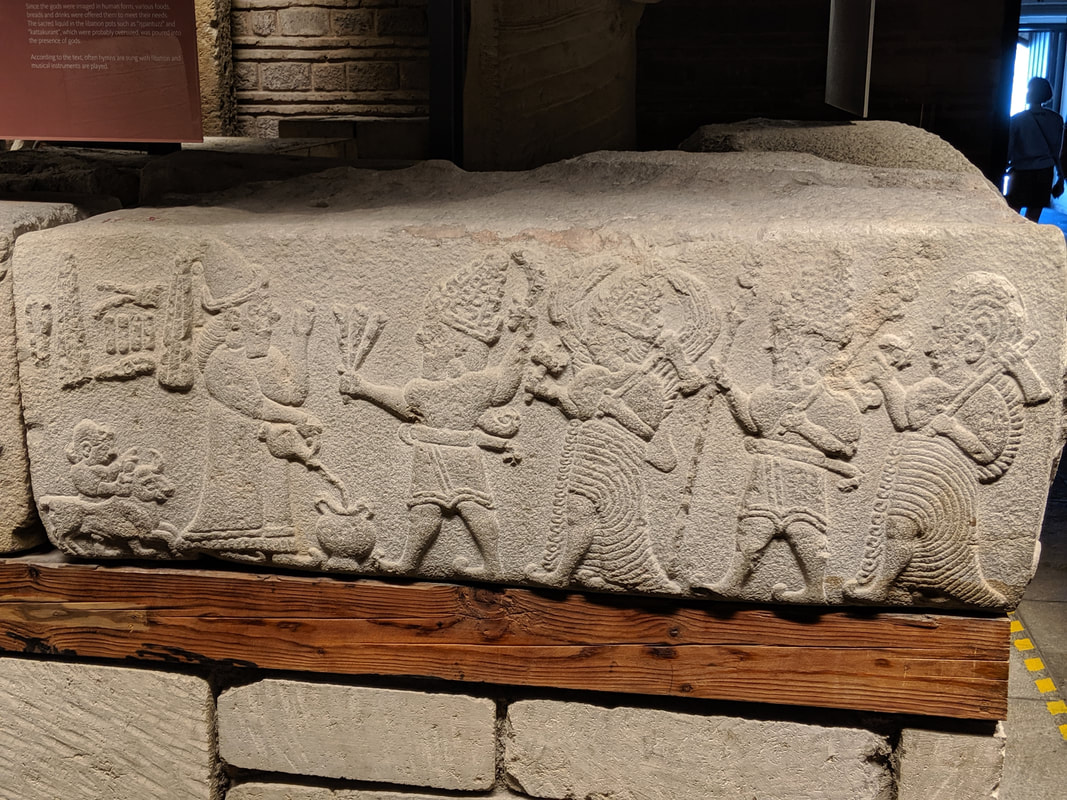
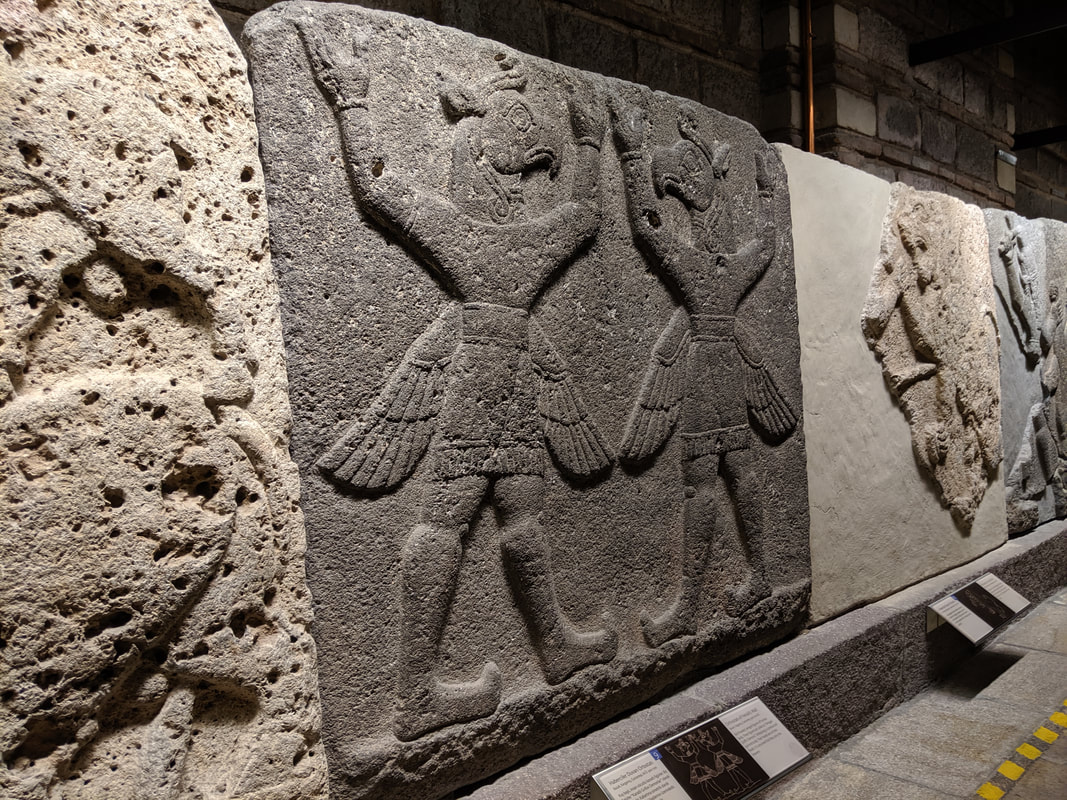
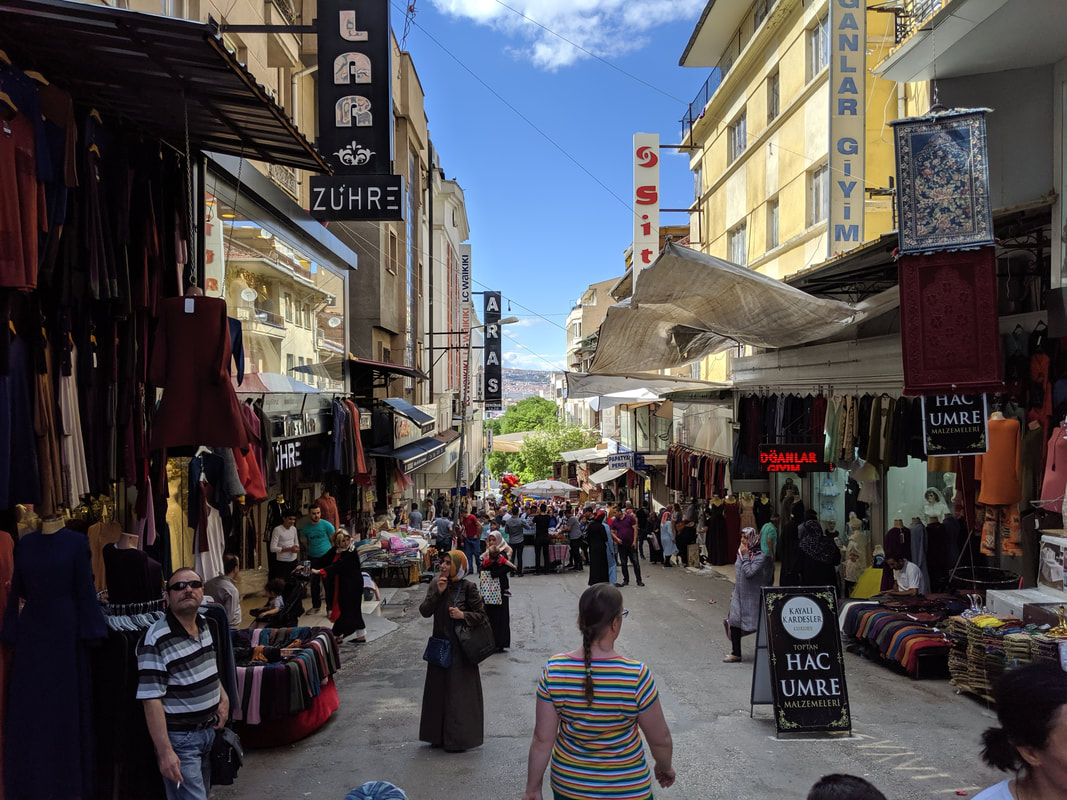
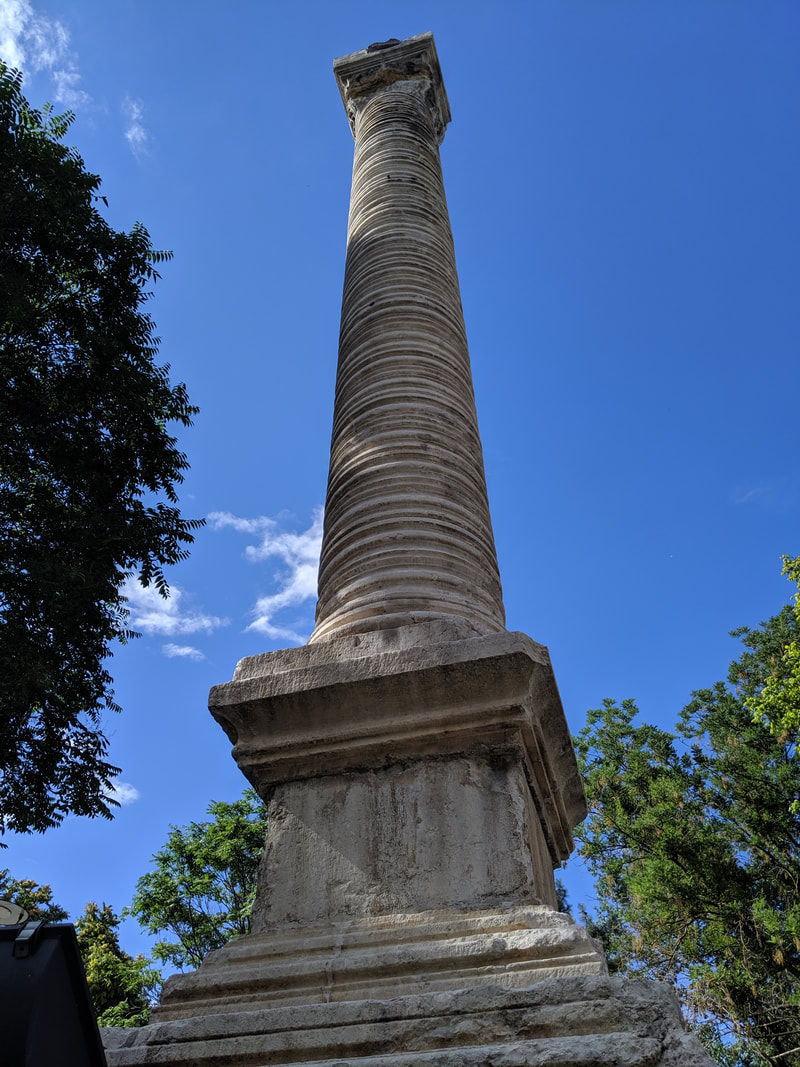
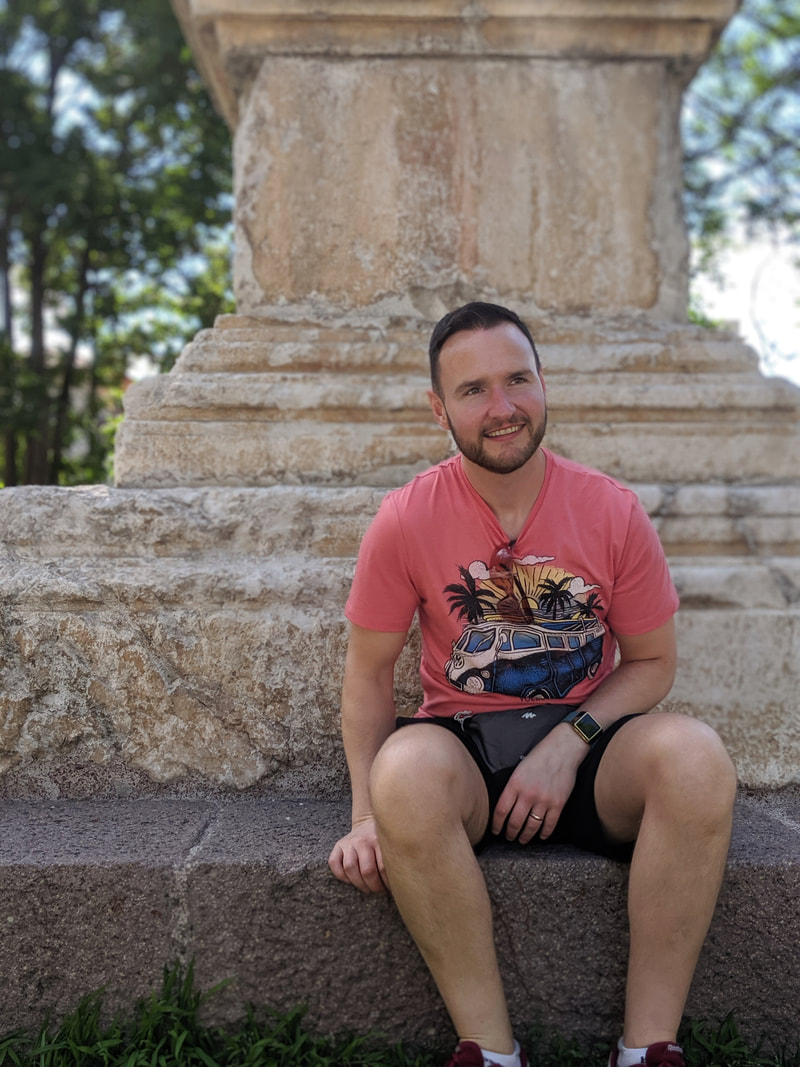

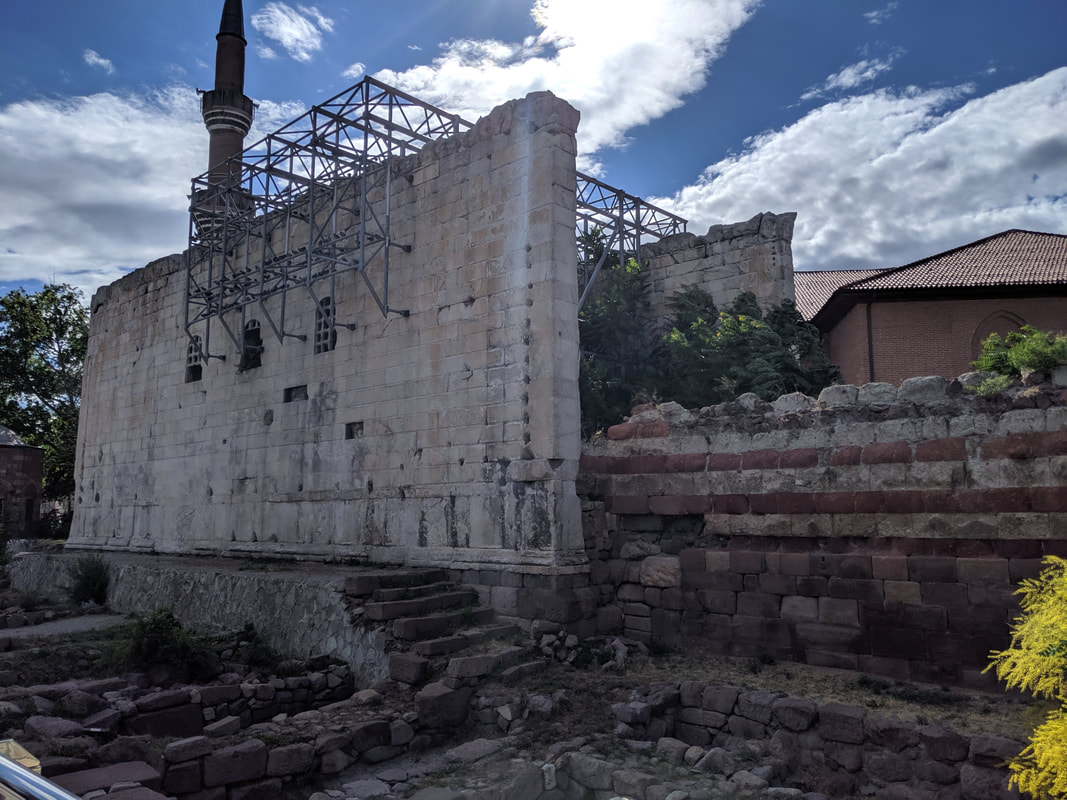
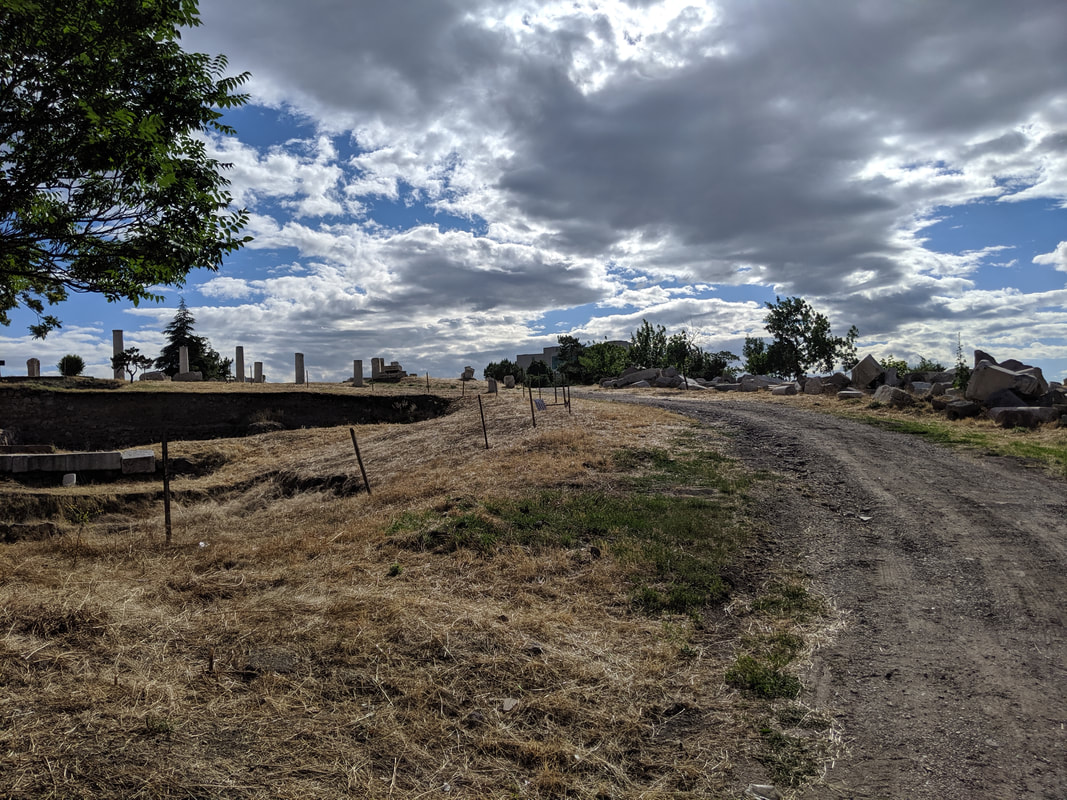
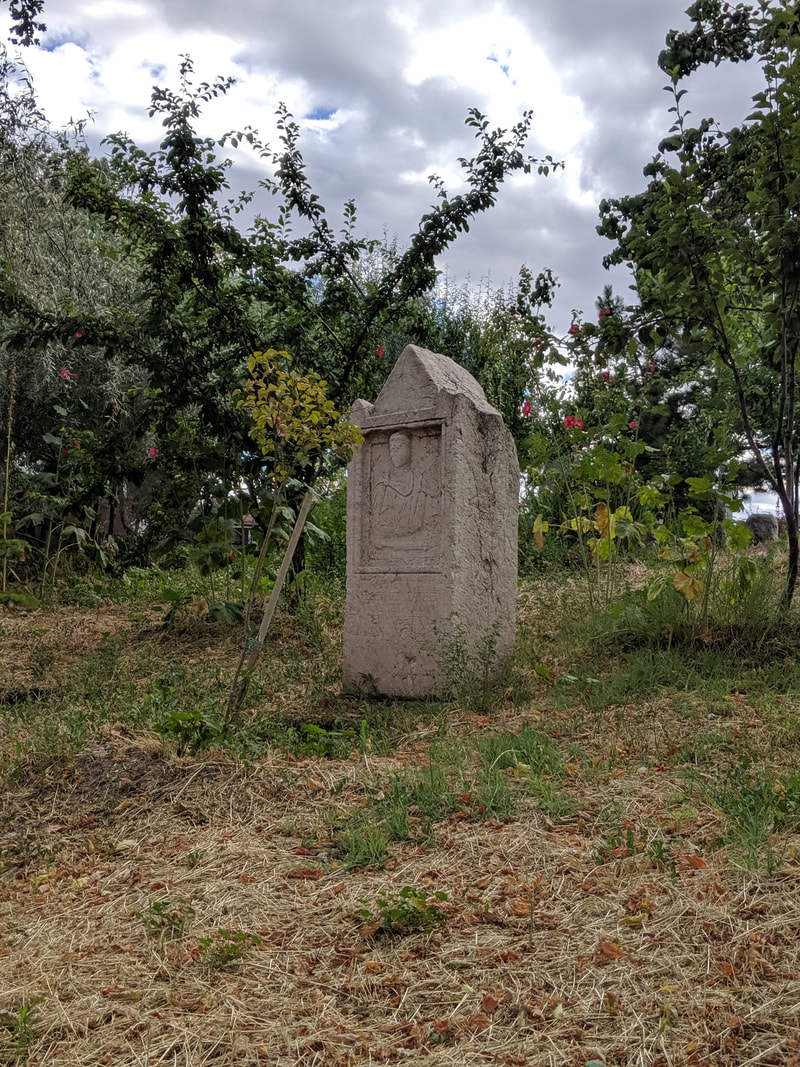
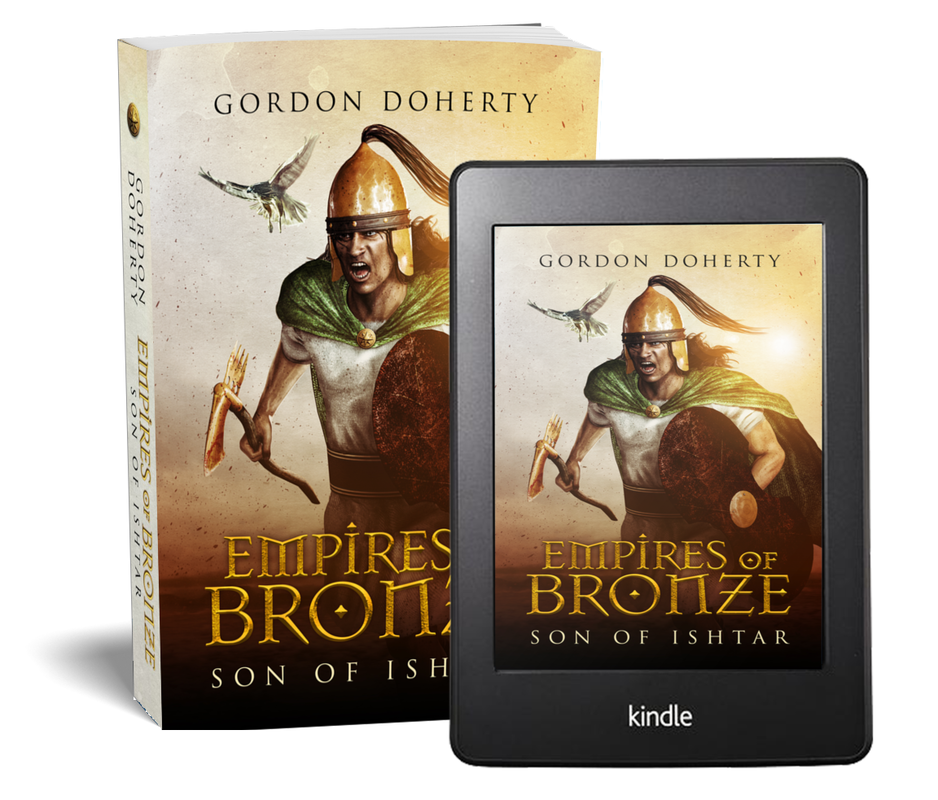
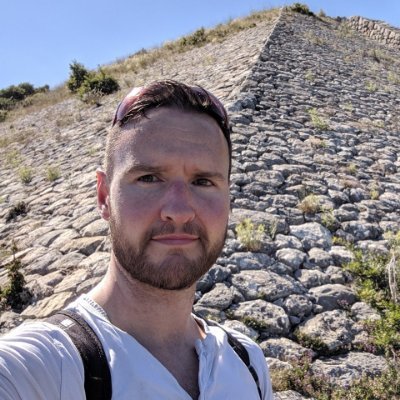
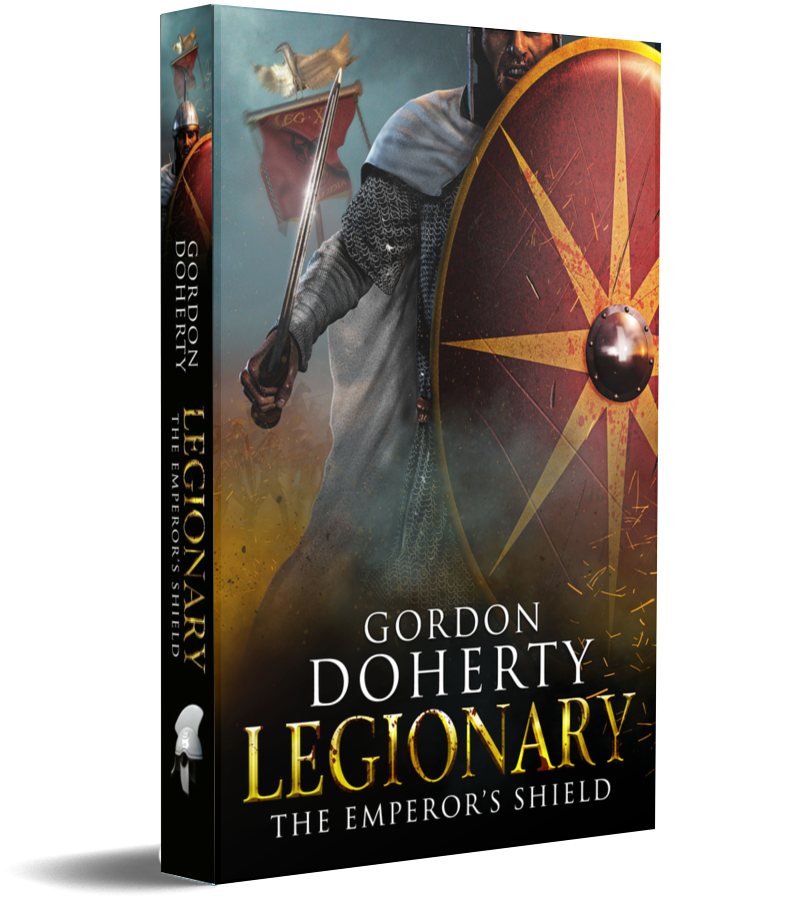
 RSS Feed
RSS Feed